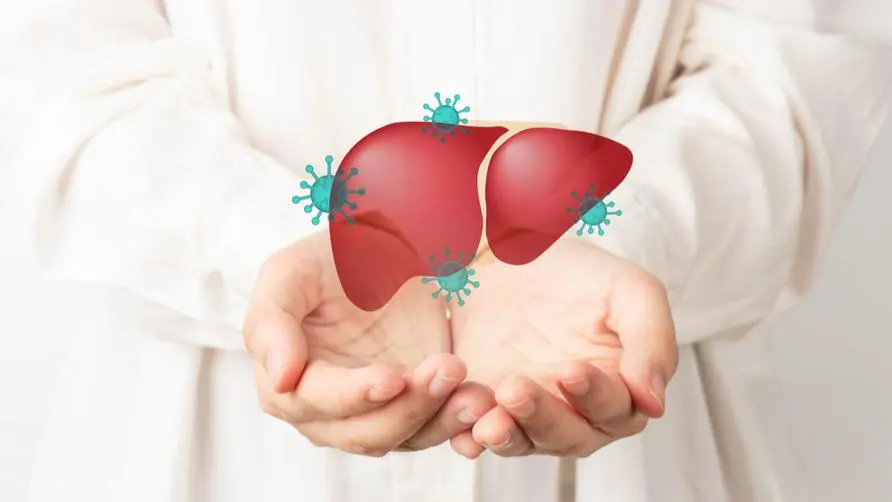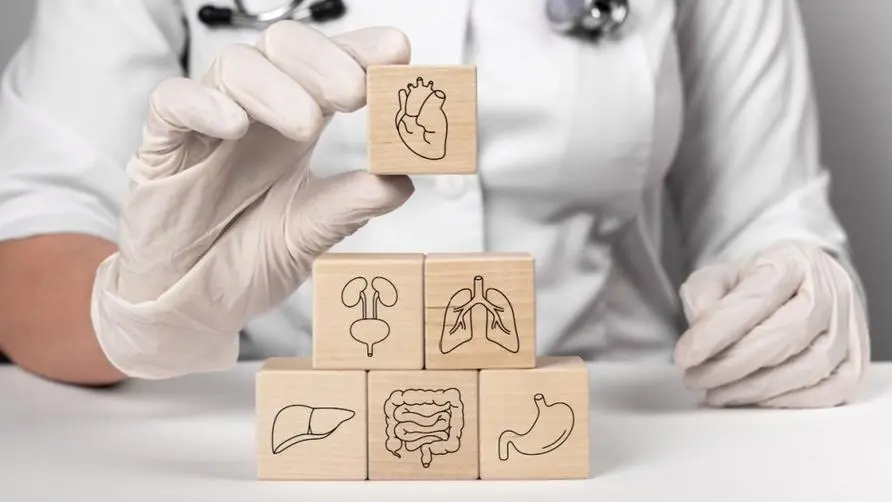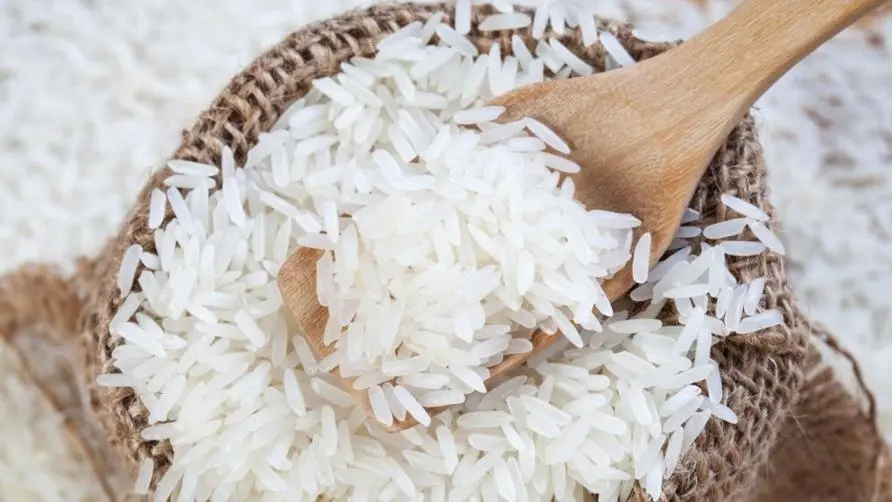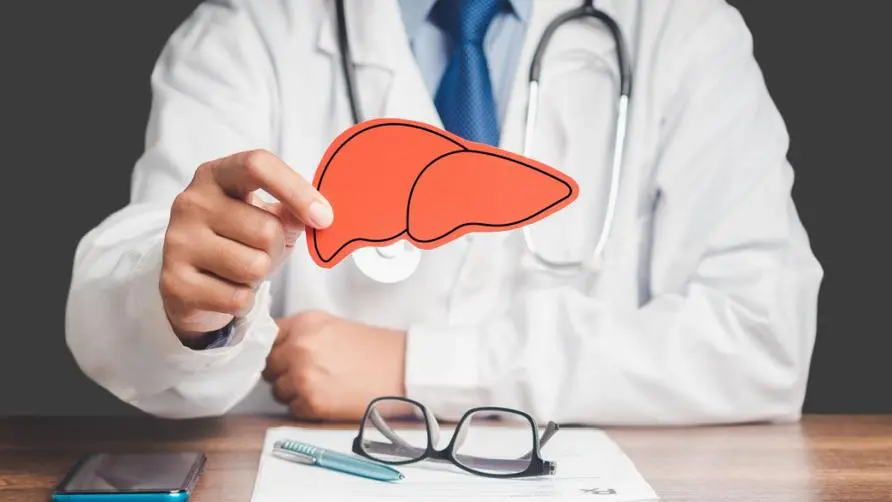The key reason why red yeast rice has changed from a health product to a "poison"? Journal confirms: "3 harmful toxins" can cause liver and kidney disease
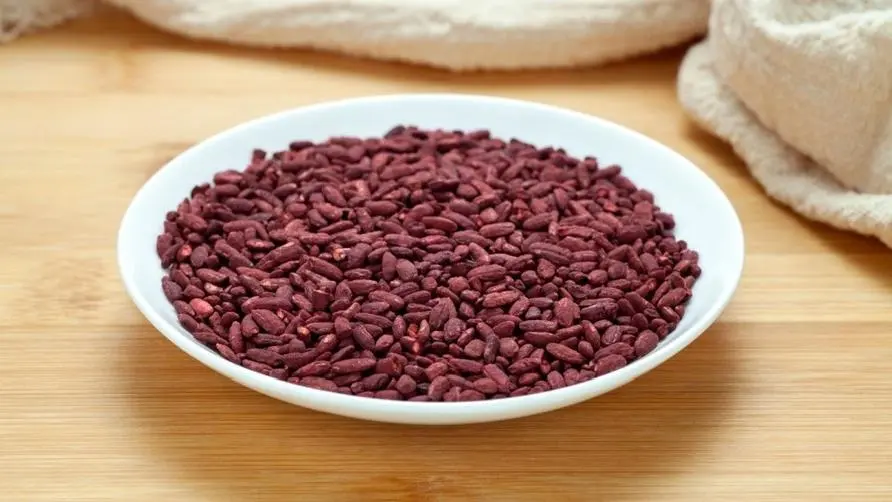
Last Friday (22nd), there were reports that many users of the red yeast nutritional supplement produced by Japan’s Kobayashi Pharmaceutical Company developed kidney disease problems. As of today (28th), 4 people have been declared dead and at least 106 people have been hospitalized for observation. The Taiwan Ministry of Health and Welfare, Food and Drug Administration has ordered Taiwanese businesses to proactively report and take preventive measures to remove products from shelves. As of the time of writing, 154 businesses have reported this, showing that the food safety crisis has not only swept through Japan, but has also affected Taiwan’s food industry.
Will red yeast rice become toxic if it is not stored well? Study: 3 toxins may cause liver and kidney disease
Why is the red yeast rice supplement, which is considered to be able to lower cholesterol and promote good health, possibly related to the food safety crisis in Japan? According to information published in the “Mayo Clinic”, red yeast rice is a product of “Monascus purpureus” that grows on white rice. It contains the compound “Monacolin K”, which has been proven to lower cholesterol. The horizontal effect makes it very popular in Asia.
However, fermented products based on grains such as rice, soybeans or wheat, including the red yeast rice that caused the food safety controversy this time, may breed “mycotoxins” that are harmful to the human body if the production process is not rigorous or if they are stored for too long, such as Citrinin, Aflatoxins and Ochratoxin, etc. The “healthorn” team explains one by one as follows based on the content published in foreign journals:
Citrinin . According to research in “Frontiers in Nutrition”, citrinin is a secondary metabolite produced by several molds such as Penicillium, Kojima and Rhodochrodium. It is easily metabolized by cereals such as rice, corn, wheat or other foods such as olives and apples. It breeds in foods such as beer, spices and so on. Citrinin is hepatotoxic and nephrotoxic, and may cause adverse effects on embryos or fetuses. It has been classified as a Class III carcinogen by the International Agency for Research on Cancer (IARC).
Aflatoxin. The U.S. National Institute of Health (NIH) points out that aflatoxins are metabolites produced by strains of toxin-producing molds (such as Kojima flavus and Kojima parasiticus) and can easily breed in foods such as corn, peanuts, nuts, cereals, or Chinese medicinal materials. It has clear hepatotoxicity and may increase the risk of cirrhosis and even liver cancer. It is also related to growth or developmental delay in children and is listed as a first-level carcinogen by the International Agency for Research on Cancer.
Ochratoxins. According to the Toxins journal “Toxins”, ochretoxin is a secondary metabolite of Penicillium and Kojima and is widely found in cereals, spices, dried fruits, alcoholic beverages such as wine and beer, milk and coffee and other foods. Ocherotoxins are nephrotoxic, hepatotoxic, immunotoxic, neurotoxic, teratogenic and carcinogenic, and are classified as Class 2B carcinogens by the International Agency for Research on Cancer.
“Interaction” causes high risk of liver and kidney toxicity! Avoid using red yeast rice together with 10 kinds of medicines and foods
In addition, the impact of ingesting red yeast rice supplements on the human body is not only caused by toxin contamination, but also closely related to “interactions” in food. “Mayo Clinic” states that the following foods or drugs should not be mixed with red yeast supplements or foods to avoid adverse reactions:
Alcohol. Taking it together with red yeast rice may increase the risk of liver damage.
Cyclosporine drug. Immunosuppressive drugs such as Neoral and Sandimmune, taken together with red yeast rice, may increase the risk of muscle diseases (such as myalgia, myositis or rhabdomyolysis).
Cytochrome P450 3A4 inhibitor. Taking this drug with red yeast rice may be more likely to cause harmful side effects.
Grapefruit. Eating grapefruit pulp or drinking grapefruit juice and taking red yeast rice food at the same time may cause interactions and increase the risk of damage to the kidneys and liver.
The drug Gemfibrozil. Similar to cyclosporine, concurrent use with red yeast rice may increase the risk of muscle disease.
Hepatotoxic drugs, herbs or supplements. Taking it together with red yeast rice may worsen liver damage.
Niacin. Taking red yeast rice together with high doses of niacin may increase the risk of muscle disease.
Hypericum perforatum. Also known as “St. John’s wort”, it is a common herbal medicine in Europe and America. Taking it at the same time as red yeast rice may reduce the effect of red yeast rice.
Statins. Taking it together with red yeast rice may make the side effects of the drug more severe.
The drug Warfarin. Taking it together with red yeast rice may enhance the anticoagulant effect of the drug and increase the risk of bleeding.
Pregnant women and children should avoid ingesting red yeast rice! Do not consume too much as it may cause 4 major side effects
“Mayo Clinic” explains that ingesting red yeast rice supplements may cause side effects such as abdominal discomfort, heartburn (heartburn), flatulence, headache, and dizziness. If the discomfort is too severe, you should stop taking it and seek medical advice as soon as possible. In addition, those with liver or kidney-related diseases, women who are currently pregnant or breastfeeding, and children under 15 years old should avoid eating it.
Taiwan Food and Drug Administration also reminds the public that if traveling to Japan, they should avoid buying any red yeast products produced by Kobayashi Pharmaceuticals. If they have already purchased them, they should avoid eating them. As for whether red yeast health products are contaminated with toxins such as citrinin, It still needs to be clarified, and relevant manufacturers should also conduct self-tests as soon as possible and remove any unqualified products from the shelves to avoid further expansion of the food safety crisis.
Source:
Risk Assessment of RYR Food Supplements: Perception vs. Reality
Ochratoxin A: Overview of Prevention, Removal, and Detoxification Methods
Further reading:


